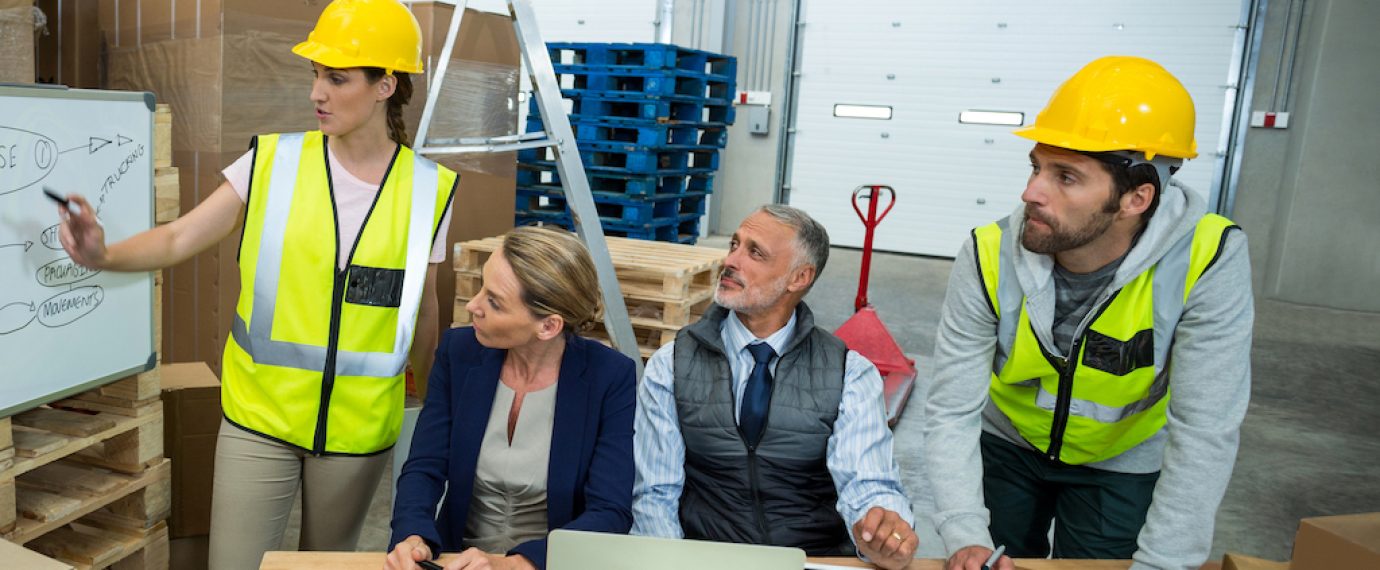Safety Committees can be a multifaceted tool within any organization’s Health and Safety program. According to an article from EHS Today by Guy Burdick, “Having one could reduce the number of workplace injuries and illnesses and workers’ compensation claims while bolstering your compliance with federal or state occupational safety and health regulations.” However, there is an even greater benefit that occurs from a committee: fostering management involvement and employee engagement. This is really what is needed for the long-term success of any workplace safety and health management program.
In some states, Safety Committees are not just a tool but also a regulatory requirement. These six states include Connecticut, Minnesota, North Carolina, Tennessee, Vermont, and West Virginia. Safety Committees are typically required to be maintained within high-hazard or high-risk workplaces.
Below are some key steps to consider for maximizing even the smallest safety committee’s potential and bringing out the best of its staff.
- Investment and Commitment: If you want to have a truly effective safety committee, you must be prepared to invest time and energy into developing it. It is better to invest the work on the front end than to constantly make corrections on the back end.
- Establishing a Vision: Safety committees need structure, purpose, and a vision that calibrates their long-term goals versus their actual activities and performance. “What gets inspected gets respected.” This means that after establishing goals and performance benchmarks, the committee’s effectiveness can be measured and quantified. This momentum encourages further development and more effort over time.
- Gathering Support: Safety Committees require support from the highest levels of management in order to be successful. Without management’s “buy in” and a demonstration of their commitment, employees will not believe in the program’s efforts or potential to affect change within their work environment. In other words, management must lead by example as well as be willing to grant employees enough independence to embrace their role as part of the committee.
- Representation is Key: Safety committees should be composed of a fair distribution of employees, leads, supervisors, and managers, with representatives from every department across every shift. In some cases, having multiple committees to accommodate each shift may be necessary. When there is equal representation, a safety committee can effectively create a bridge between all departments as well as between the lowest and highest rungs of management.
These are just a few considerations for implementing a productive and effective Safety Committee. A properly implemented Safety Committee will serve to bolster the health and safety of all employees at your facility by positively improving its safety culture through improved engagement and employee representation.



